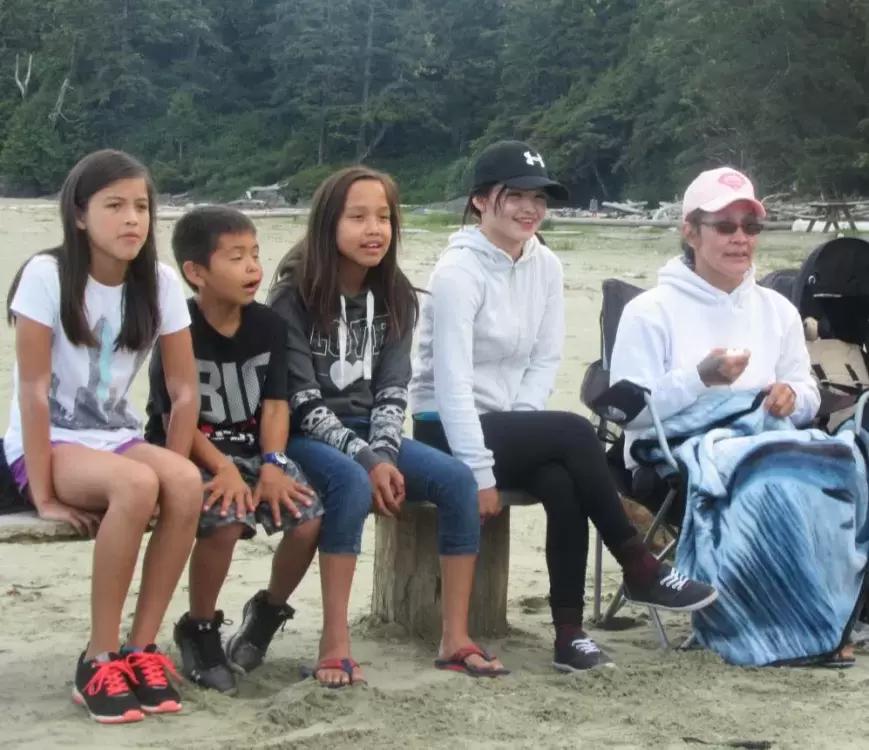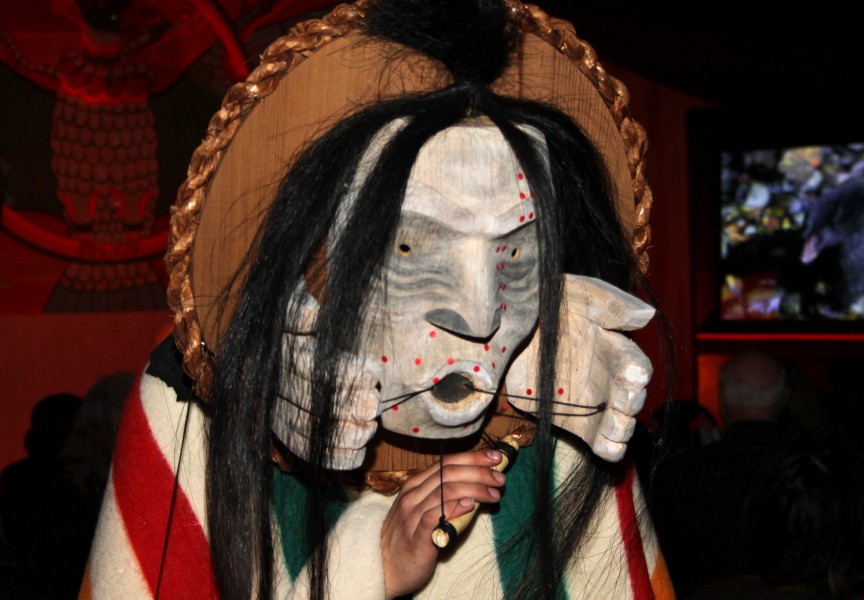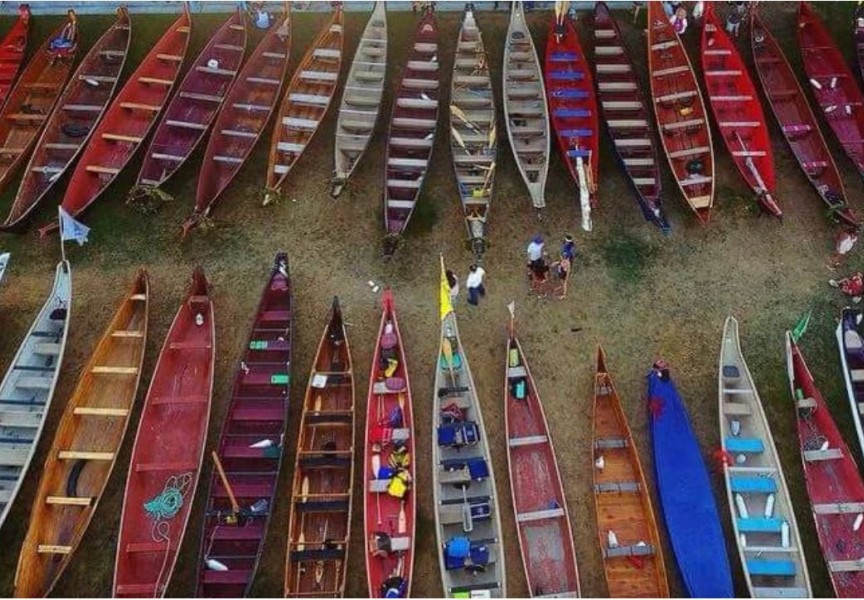Summer-time fun! Days to walk the beach, sit by the fire to roast marshmallows, sing, hit the drums or watch the kids play tag or go swimming. There are so many opportunities to get out and enjoy the evening sunsets or each other’s company. And now, there’s more.
Cha ma piis is a cultural program aimed at teaching people language, seafood harvesting and cultural activities. It means tostand with dignity, respect and humility.
Gisele Martin, Dwayne Martin and Grace George are working together to provide the cultural programs at Esowista for Tla-o-qui-aht members (Beach nights are open to all.)
Gisele and Levi Martin provide language classes every Tuesday evening from 5 p.m. to 6 p.m.
A cultural lesson called Yuuchap Panac runs Wednesday from 9 a.m. to 1 p.m. and Camaapil community cultural beach fire runs from 7 p.m. 10 p.m. every Wednesday night.
To date, there have been about six people attending the language classes, and about six or more coming out for the Yuuchap Panac, and during the last cultural beach night there were about 40 people that showed up.
During the last Yuuchap Panac, Gisele decided to teach the group about seaweed. The session was very interesting.
There are more than a thousand types of seaweed, and the importance of knowing which ones are edible and which ones are poisonous is a must, Gisele said.
The taste, texture and colour of the seaweed vary. Some are orange, purple, red, green and brown. Seaweed is nutritious and has many vitamins and minerals, and the gel of a certain type of seaweed can be used on your skin and hair.
The gel was also used by our ancestors as a sunscreen, which is much better for you than most man-made products.
In former days, each community had a family that was responsible for taking care of the seaweed gardens. This was important as they had to know who picked where and how much. It is vitally important that you know how to pick seaweed, otherwise you could ruin the seaweed garden.
Once a certain area was harvested, that area was closed for four years so that the seaweed could continue to reproduce and flourish. Once you destroy an area of seaweed by stripping the rock bare, the seaweed will never return.
After harvesting the seaweed, Gisele started a fire and built a hanging rack using branches. She tied string to the posts to dry the seaweed. The drying process did not take long, and while waiting, people tried the seaweed and most preferred the smoky taste.
Gisele, with her innovative ways, put up a mat on the west side of the fire pit, which helped circulate the smoke. The dried smoky seaweed tastes great!
Along the waters edge we saw different types of wildlife and observed the devouring of tiny little fish by orange sea snails and starfish, and a big red rock sticker was found.
The most popular gathering is the cultural beach nights, and the crowds continue to grow bigger and bigger each week.
The last three gatherings, members took time out to join in playing lahal.
A fire helps keep people warm and adds a soothing, calming affect. Some children busy themselves playing around the lahal players. They run and play tag or walk on the logs that are close by.
Gisele had traveled to California to watch a game of lahal, and was intrigued by the players. She said it was like the players were in a trance-like state, and that they take their game very seriously.
It prompted her to come home and learn about this game and to reintroduce the game to those who may have forgotten or never heard of lahal.
Long ago our people used to bring their dishes to use as prizes, and over time they started to use money for bets. But, to keep it simple and easy, prizes for the games these past few weeks included items like jewelry, a woven cedar hat and T-shirts. The players take turns in singing, and one song in particular stands out. It was sung by Grace George and goes like this.
“You take the big boat, and I’ll take the chuputz, Ok?” And other popular songs were “toomalay” and “Ten cents a bottle.” The children played an important role in the game and had chances to point and to hold the bones. You could see the happiness and glee in their faces as they played.
Healthy snacks of different vegetables, chips and water were provided, and the adults and kids enjoyed roasting marshmallows by the fire.
While people played lahal on the beach, Dwayne Martin, who just recently built a sweat lodge, did a session with a group of men and women for the first time on July 6.
Future beach nights will include other cultural teachings, and if you are interested in sharing, please contact Gisele Martin at 250-726-8881.







